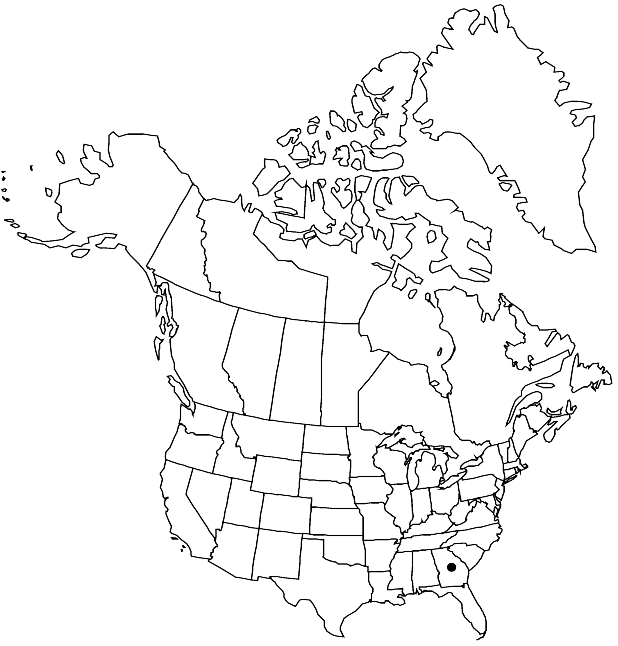Difference between revisions of "Cleoserrata serrata"
Novon 17: 448. 2007.
FNA>Volume Importer |
imported>Volume Importer |
||
| (One intermediate revision by the same user not shown) | |||
| Line 34: | Line 34: | ||
|elevation=ca. 100 m | |elevation=ca. 100 m | ||
|distribution=Ga.;Mexico;West Indies;Central America;South America. | |distribution=Ga.;Mexico;West Indies;Central America;South America. | ||
| + | |introduced=true | ||
|tables= | |tables= | ||
|references= | |references= | ||
| Line 57: | Line 58: | ||
|publication year=2007 | |publication year=2007 | ||
|special status= | |special status= | ||
| − | |source xml=https:// | + | |source xml=https://bitbucket.org/aafc-mbb/fna-data-curation/src/2e0870ddd59836b60bcf96646a41e87ea5a5943a/coarse_grained_fna_xml/V7/V7_304.xml |
|genus=Cleoserrata | |genus=Cleoserrata | ||
|species=Cleoserrata serrata | |species=Cleoserrata serrata | ||
Latest revision as of 23:32, 5 November 2020
Plants [perennial], 15–50 cm. Stems unbranched or slightly branched; glabrous. Leaves: petiole 2–5 cm; leaflets 3, blade lanceolate to ovate-elliptic, 5–12 × 0.4–1.4 cm, margins serrulate, apex acute to long-acuminate, surfaces glabrous. Racemes 6–25 cm; bracts unifoliate, subulate, to 1 mm. Pedicels 4–8 mm. Flowers: sepals deciduous, green, subulate, 2–2.5 × 0.4–0.5 mm, glabrous; petals white or whitish, with pinkish or red distally, obovate, 5–6 × 1.8–2 mm, shortly clawed; stamens yellow, 2–5 mm; anthers 2–3 mm; gynophore 1(–2) mm in fruit; ovary 2.5–4 mm; style 0.2–0.3 mm. Capsules 30–50 × 2.5–3 mm. Seeds pale green to brown, 1.4–1.5 mm, inconspicuously ridged. 2n = 24.
Phenology: Flowering summer.
Habitat: Disturbed areas
Elevation: ca. 100 m
Distribution

Introduced; Ga., Mexico, West Indies, Central America, South America.
Discussion
Selected References
None.
